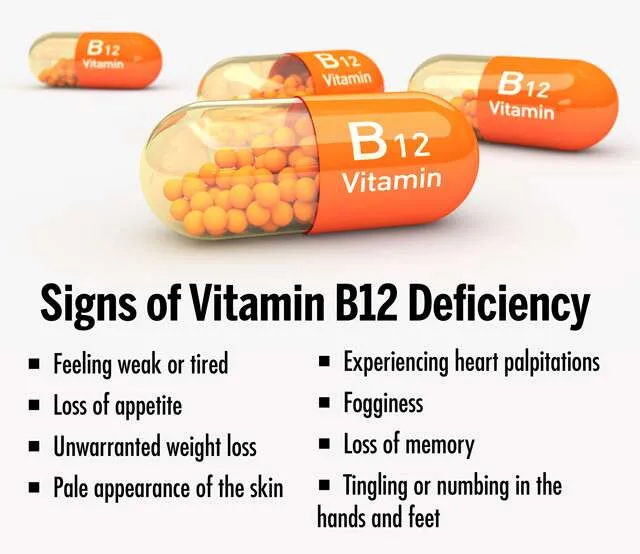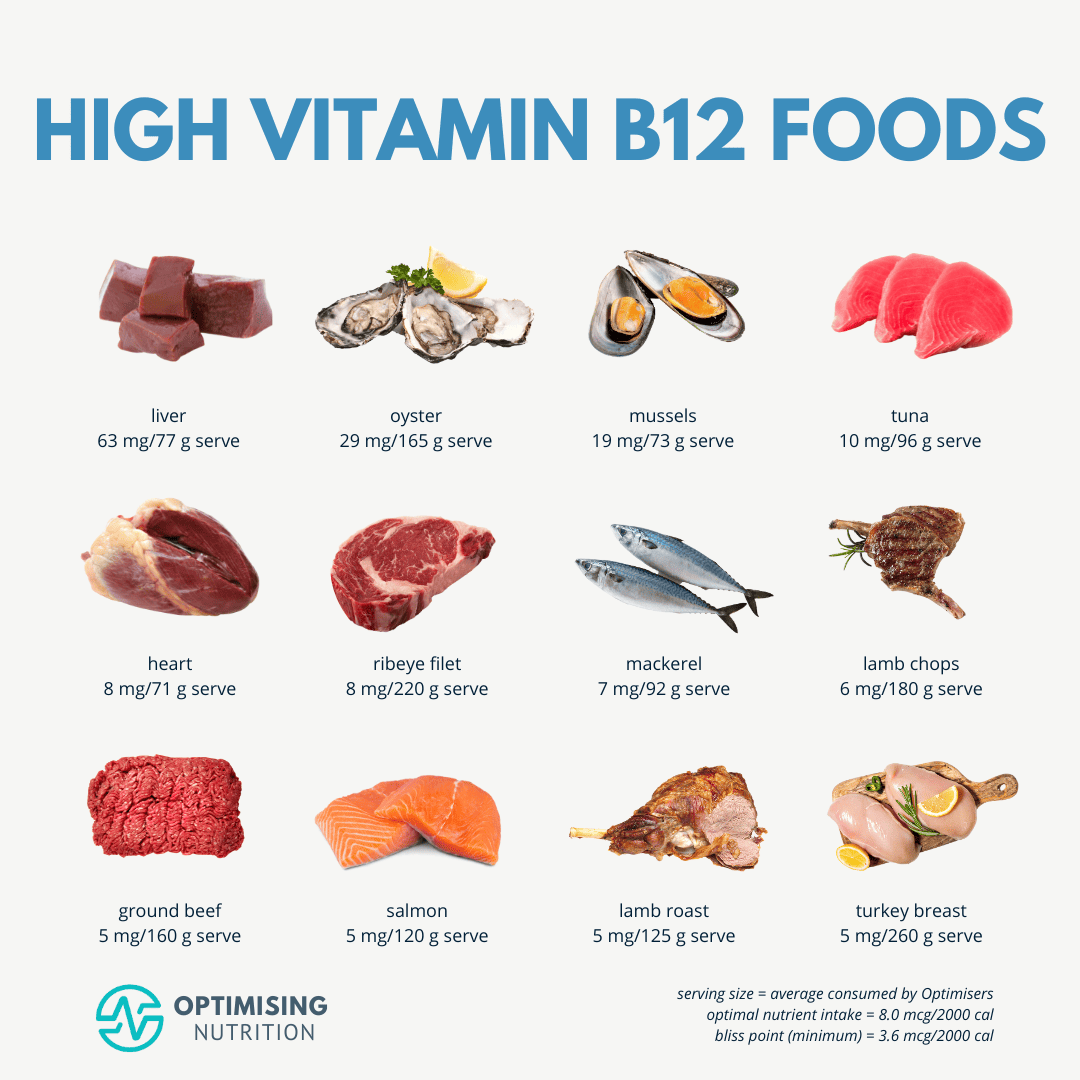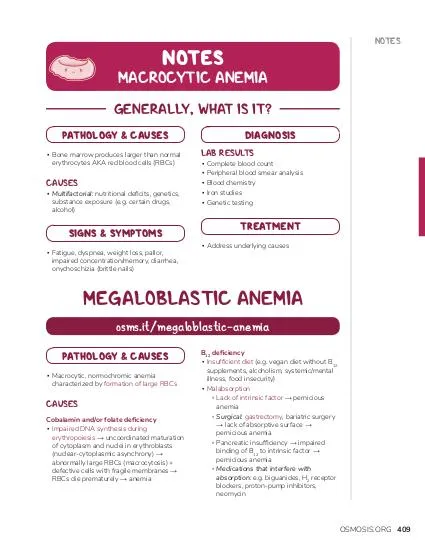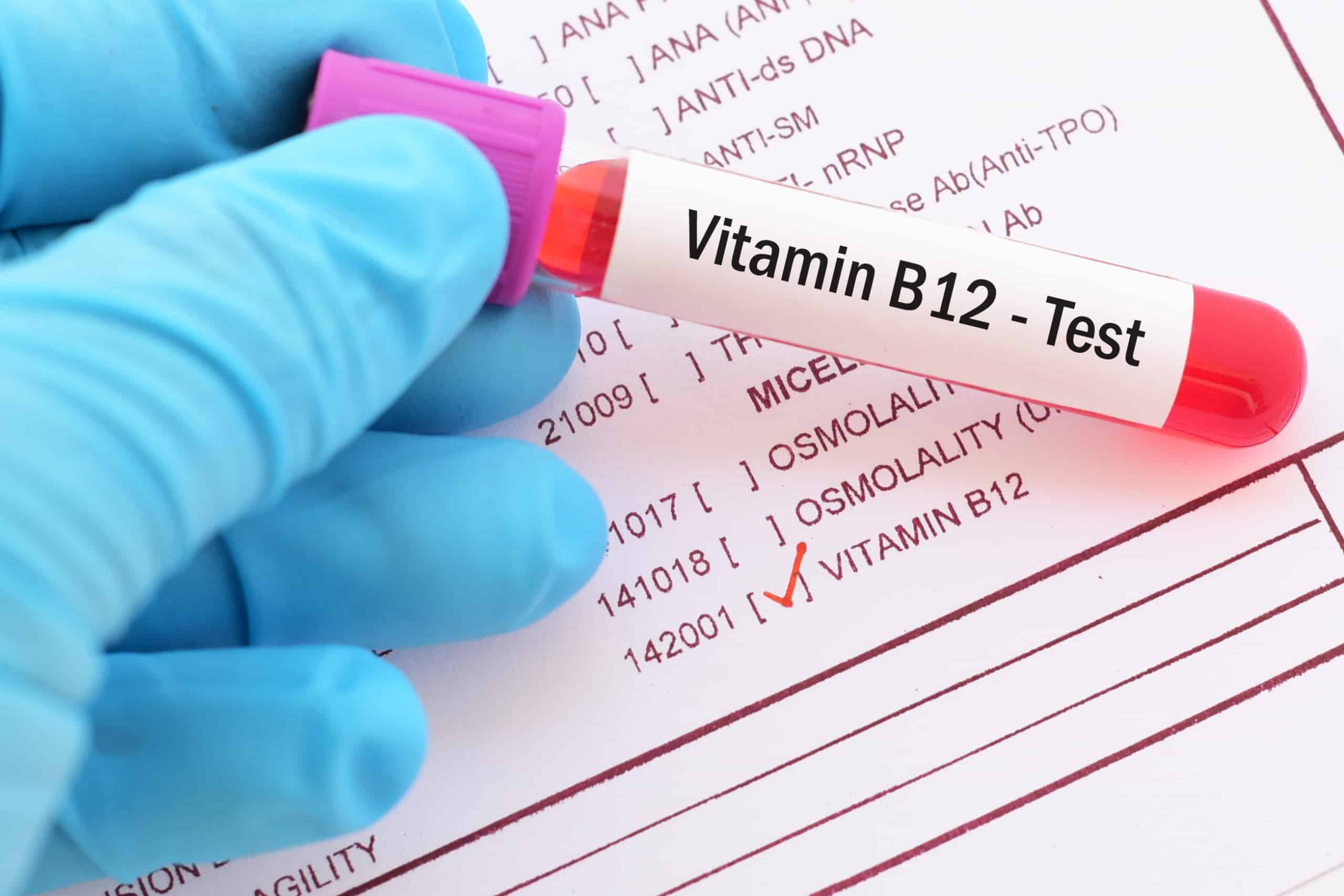
The prevalence of vitamin B12 deficiency is common within the elderly population; between 10-40% of individuals in advanced age are diagnosed with inadequate levels of said micronutrient.1 As such, it is imperative to restore B12 levels back to optimal ranges. However, inappropriate consumption of B12 can induce deficiency or potential toxicity. As a means of appreciating the function and necessity of B12, the following will explore the same in addition to methods of monitoring availability, and use, of the aforementioned vitamin.
B12, also known as cobalamin (contains cobalt), is administered in two active forms known as adenosylcobalamin and methylcobalamin, which serve as co-enzymes in the human body.2 B12 serves as a co-enzyme in two major reactions: one enzymatic reaction requires methylcobalamin for methionine synthase and the other reaction uses adenosylcobalamin for L-methylmalonyl-CoA mutase.2(354) Most relevantly, B12, and the aforementioned reactions it supports, facilitates nutrient metabolism, energy production, and the synthesis of purines and pyrimidines for use in nucleic acids (i.e., DNA).2(354) As such, its presence and use are critical for maintaining health and homeostasis.

B12 can be found primarily within animal proteins as foods from plant sources do not contain said micronutrient.2(352) Sources particularly rich in B12 include meat and meat products as well as dairy to include cottage cheese, cheese, and yogurt (to a lesser extent).2(352) Adenosylcobalamin and methylcobalamin are also commonly used in multivitamins as well as in sublingual and nasal sprays providing options for individuals who require the same. Ultimately, B12 can be found in food and synthesized forms. Despite multiple vectors of delivery, B12 deficiency, and toxicity, can still occur amongst individuals. AS such, the following will explore the same in greater detail.

B12 deficiency can result in megaloblastic macrocytic anemia; a condition characterized by larger than normal red blood cells (RBCs).2(342) Such an event impairs the RBC’s ability to leave bone marrow (where they are formed) thereby disrupting successful transport of oxygen to cells and tissues.2(342-343) The progression of B12 deficiency occurs in multiple stages; initially, serum B12 concentrations may remain normal while stored B12 may begin to diminish.2(356)Such a process is followed by lowered DNA synthesis and increased methylmalonic acid concentrations.2(356) The final manifestation of B12 deficiency would include said changes in RBC shape/megaloblastic anemia and potential irreparable alterations in neurological funciton.2(356)

Paradoxically, B12 toxicity is rare with no clear trends of evidence suggesting its widespread presence.2(357) Furthermore, a tolerable upper intake level does not exist/has not been established.2(357) Despite a lack of evidence, and as a matter of best practice, this author would caution individuals against intake raising levels above normal ranges. Some evidence, though sparse, does indicate individuals can experience toxicity from B12; a case report from Morales-Gutierrez et al3 outlined toxicity experienced by a young female treated for severe pernicious anemia. Side effects of toxicity included insomnia, headache, anxiety, palpitations, and acne. Improvement was noted within 2 weeks of stopping B12 intake.3(129) Having considered the function, sources, manifestations of deficiency (and potential toxicity), the following will outline methods of monitoring B12 levels.

Generally, it is recommended individuals consume 4-20 mcg/day of B12 while said doses can be adjusted by assessment of biomarkers.2(356)4 B12 can be evaluated via serum (<150 pg/ml equals deficiency) levels which indicate availability as well through methylmalonic acid (MMA) (>3 ug/mg suggests deficiency); an organic acid, which helps determine the degree of B12 use, or lack thereof.4(32) If B12 is determined to be deficient, consumption of animal proteins is suggested.2(352) If difficulty is experienced consuming adequate levels of animal protein, supplementation of high dose B12 therapy might be indicated using 1000 mcg/day, with levels should be re-assessed every 6 months.5
In conclusion, the prevalence of vitamin B12 deficiency is common within the elderly population; between 10-40% of individuals in advanced age are diagnosed with inadequate levels of said micronutrient. As such, it is imperative to return B12 levels back to optimal ranges through the use of monitoring, food, and supplementation where indicated. Ultimately, such steps, when used with vigilance, can help support elderly individuals’ paths to better health, longevity, and quality of life.
References
1. Hvas AM, Morkbak AL, Hardlei TF, et al. The vitamin B12 absorption test, CobaSorb, identifies patients not requiring B12 injection therapy.
2. Gropper SS, Smith JL, Carr, TP. Advanced Nutrition and Human Metabolism. 7th ed. Boston, MA: Cengage Learning; 2018.
3. Morales-Gutierrez J, Diaz-Cortes S, Montoya-Giraldo MA, et al. Toxicity induced by multiple high doses of vitamin B12 during pernicious anemia treatment: A case report. Clin Toxicol. 2020;58(2):129-131. doi:https://doi.org/10.1080/15563650.2019.1606432.
4. Lord RS, Bralley, JA. Laboratory Evaluations for Integrative and Functional Medicine. 2nd ed. Duluth, GA: Genova Diagnostics; 2012.
5. Handzlik-Orlik G, Holecki M, Orlik B, et al. Nutrition management of the post-bariatric surgery patient.Nutr Clin Pract. 2015;30(3):383-392. doi:10.1177/0884533614564995.
-Michael McIsaac

